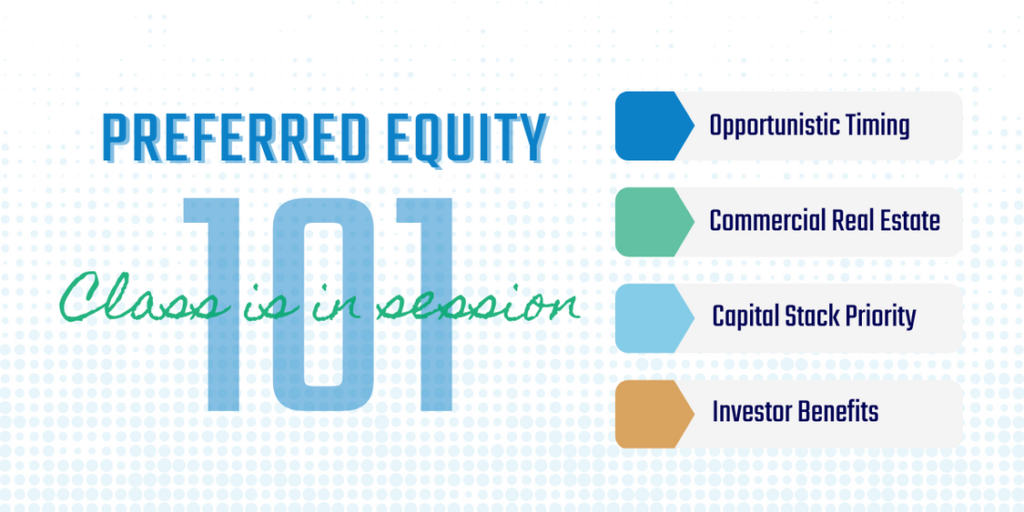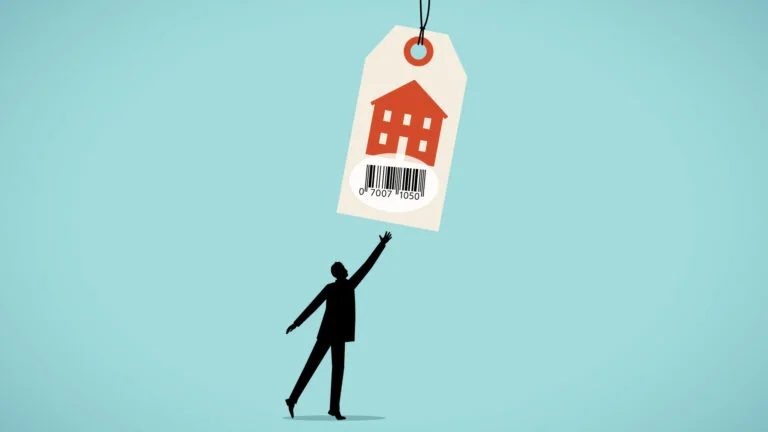“I have rarely, if ever, made a good “emotional” decision.”
-Darin Davis
In the ever-evolving landscape of real estate investment, understanding your emotional cycles is as crucial as analyzing the numbers, data, and history. This cycle, which often mirrors the psychological responses of investors to market dynamics, can significantly impact decision-making processes and, by extension, investment outcomes.
UNDERSTANDING THE EMOTIONAL CYCLE
The emotional cycle of the real estate market typically follows a predictable path characterized by peaks and valleys:
Optimism and Excitement As the market starts to improve, early gains fuel a sense of optimism. Investment activity increases as more people anticipate growth, driving prices up.
Thrill and Euphoria At the height of the cycle, the rapid escalation of prices leads to euphoria. Investors feel invincible, and the belief that the market can only go up becomes predominant.
Anxiety and Denial When the market begins to turn, anxiety sets in. Initial declines are often dismissed as temporary setbacks, leading to denial.
Fear and Desperation As declines continue, fear takes over. What was once denial turns to desperation, and investors scramble to cut losses, often selling properties at reduced prices.
Panic and Hopelessness The bottom of the cycle is marked by panic. A significant number of investors capitulate, selling their holdings and vowing never to return to the real estate market.
Despondency and Depression After the market bottoms out, the atmosphere is bleak. Prices stabilize at low levels, but investor confidence is shattered.
Hope and Relief Gradually, as signs of recovery emerge, hope returns to the market. Early investors begin to re-enter, attracted by low prices and the potential for recovery.
Optimism and Excitement The cycle restarts as these early investments lead to gains, and optimism once again takes hold.
PEAK TIMES FOR OPPORTUNITY & SUCCESS
Navigating this emotional rollercoaster requires a strategic approach, focusing on long-term goals and foundational strategies rather than short-term fluctuations:
Maximum Financial Risk The highest point often presents the risk of making overly optimistic decisions based on the assumption that growth will continue indefinitely. However, for the astute investor, this is also a moment to reassess and ensure that your investment aligns with solid fundamentals, not just market hype.
Maximum Financial Opportunity Ironically, what many perceive as the lowest point in the cycle can be the best time for opportunity. With lower property prices and less competition, investing during this phase can lead to significant gains as the market recovers.
Prepare for the market to turn positive with you and not without you. Get on the field of play at a level you are comfortable with based on your due diligence. Those who took advantage of the current and historical data in 2010 did very well. 2025 – 2027 could have a similar upside for investors who are prepared.

STRATEGIES FOR SUCCESS
To successfully navigate these cycles, consider the following strategies:
Stay Informed Understanding current market conditions relative to the emotional cycle can provide critical insights into potential risks and opportunities.
Long-Term Planning Focus on investments with sound fundamentals that promise steady returns over time, rather than speculative short-term gains.
Diversification Spreading your investments across different markets and types of real estate will protect your downside.
Cash Flow Prioritizing investments that generate consistent cash flow can provide a steady income stream, regardless of market conditions. This approach helps maintain financial health during downturns and capitalize on opportunities as they arise.
Fixed Rate Return Locking in a fixed rate return on investments can protect against future interest rate fluctuations, ensuring a predictable and stable return. This strategy is particularly beneficial during volatile periods, safeguarding against the market’s unpredictability.
Solid Financing Opt for stable, long-term financing options first. This helps to avoid being caught in a down market with unfavorable loans.
Effective Management Strong property management can mitigate some of the downsides during less favorable market phases.
THE TAKEAWAY
By recognizing and understanding the emotional cycle of the real estate market, investors can better prepare for the inevitable ups and downs. Implementing a disciplined investment strategy focusing on foundational wealth-building and long-term planning is key to navigating these turbulent times effectively.
As always, the journey to financial success in real estate is not just about making money—it’s about building a robust portfolio that can withstand the test of time and market cycles.
Want to learn why Preferred Equity is our choice for today’s market? Sign up for our newsletter below or schedule a meeting with our team.










